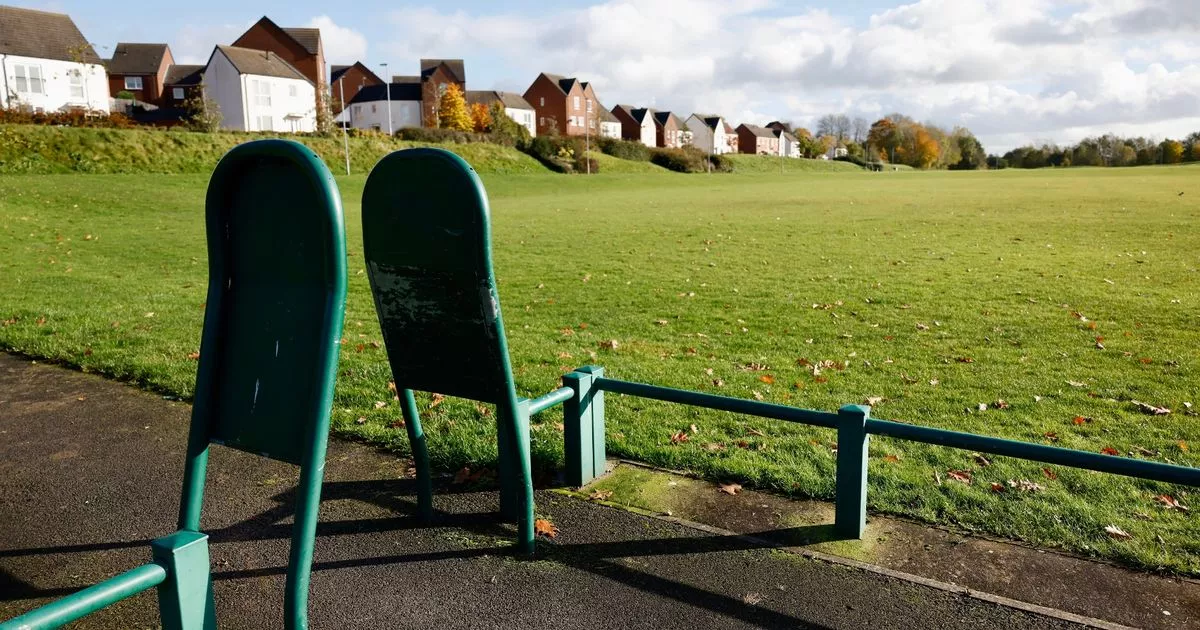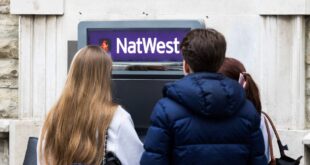Andy Haldane caused quite a stir this month when he suggested the economy was like a coiled spring waiting to go off. As the Bank of England’s chief economist has discovered, it’s harder to be a Tigger than an Eeyore. Predictions of impending disaster tend to be forgotten even when they don’t come true. Much less slack is given to those predicting that things will turn out well.
Haldane could well be proved right. Consumer and business confidence is on the rise and if – a big if, admittedly – the government continues to support the hardest-hit sectors appropriately as the economy is unshackled, it is quite possible there will be an explosion of pent-up demand.
Inflation is when prices rise. Deflation is the opposite – price decreases over time – but inflation is far more common.
If inflation is 10%, then a £50 pair of shoes will cost £55 in a year’s time and £60.50 a year after that.
Inflation eats away at the value of wages and savings – if you earn 10% on your savings but inflation is 10%, the real rate of interest on your pot is actually 0%.
A relatively new phenomenon, inflation has become a real worry for governments since the 1960s.
As a rule of thumb, times of high inflation are good for borrowers and bad for investors.
Mortgages are a good example of how borrowing can be advantageous – annual inflation of 10% over seven years halves the real value of a mortgage.
On the other hand, pensioners, who depend on a fixed income, watch the value of their assets erode.
The government’s preferred measure of inflation, and the one the Bank of England takes into account when setting interest rates, is the consumer price index (CPI).
The retail prices index (RPI) is often used in wage negotiations.
But even if Haldane is wrong, it’s important to have people making the upbeat case. It would be a much greater cause for concern if all nine members of the Bank’s monetary policy committee (MPC) thought the same way.
The dangers of groupthink were well illustrated by the financial crisis of 2008-09. Central bankers, investment bankers, the International Monetary Fund and most of the media believed that liberalisation of the financial system had made it safer, when the opposite was the case.
Warning signs from the US housing market were ignored. Dangerous levels of risk-taking was permitted. All sorts of nonsense was peddled about how sophisticated financial instruments that few actually understood would make everybody better off. There was a collective failure to recognise that something could go seriously wrong with a supposedly foolproof model. Eventually it was recognised that herd mentality had led to the near-implosion of the banking system, but only after the event.
The MPC’s maverick voice back then was David Blanchflower, who called for much tougher action to deal with the looming crisis. He got it right.
Currently, there is quite a lively debate among MPC members about what is likely to happen to the economy. Jan Vlieghe, for example, published a speech last Friday in which he envisaged the possibility of negative interest rates should growth fail to meet the Bank’s expectations.
Vlieghe has doubts about whether the economy is going to have a light-switch moment. He is worried that the pandemic will continue to affect activity, either directly through restrictions affecting specific sectors or indirectly by making consumers more cautious. “It is perfectly possible that we have a short period of pent-up demand, after which demand eases back again,” he said.
Haldane takes a different view, pointing to a pot of excess savings accumulated over the past year. This stands at an estimated £125bn, and according to the Bank’s chief economist it could double by the end of June. The MPC’s growth projections assume that only 5% of these extra savings will be spent.
“I think there is the potential for much more, perhaps even most, of this savings pool to leak into the economy, fuelling a faster recovery,” Haldane said, in his article for the Daily Mail. “Why? Because people are not just desperate to get their social lives back, but also to catch up on the social lives they have lost over the past 12 months. That might mean two pub, cinema or restaurant visits a week rather than one. It might mean a higher-spec TV or car or house.”
If Haldane is right, inflation is going to resurface as a headache for central banks much sooner than they – or the financial markets – envisage. Vlieghe said in his speech that he would prefer to keep the current monetary stimulus – 0.1% interest rates and bond buying through the Bank’s quantitative easing programme – in place until 2023-24. Even if the economy performs more strongly than the MPC collectively expects, he would not support tightening policy until well into 2022.
Financial markets have got the message. Inflation is not an imminent threat and stimulus will not be withdrawn by central banks until they are sure their economies are well clear of recession.
The IMF agrees with that approach. Its chief economic counsellor, Gita Gopinath, said in a blog last week: “The evidence from the last four decades makes it unlikely, even with the proposed fiscal package, that the United States will experience a surge in price pressures that persistently pushes inflation well above the Federal Reserve’s 2% target.”
Now, it is possible that the bullishness of stock markets is justified. Headline inflation rates are low and there is enough slack in labour markets caused by higher unemployment to reduce the chances of a wage-price spiral. As far as central banks and finance ministries are concerned, the risks of doing too little outweigh the risks of doing too much, which is why Rishi Sunak will be pumping more money into the UK economy a week on Wednesday, in the budget.
Yet global share prices are already at record levels after a decade-long run only briefly interrupted by the shock delivered when the pandemic arrived early last year. Much of the money created by central banks over the past 12 months has found its way into asset markets, driving up share and property valuations. Joe Biden’s $1.9tn stimulus package, mentioned by Gopinath, is viewed by the financial markets as another reason to buy shares.
Now imagine that the global economy starts to motor as a result of tumbling infection rates and policy support. Central banks are supposed to remove the punch bowl before the party really starts to swing, but delay doing so. Inflation takes hold and the central banks are forced to respond anyway.
This would be the trigger for a bear market, perhaps quite a severe one. The idea that financial markets are a one-way bet because central banks can always be relied on to bail them out is groupthink pure and simple. A gentle warning, that’s all.
Source link



